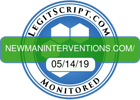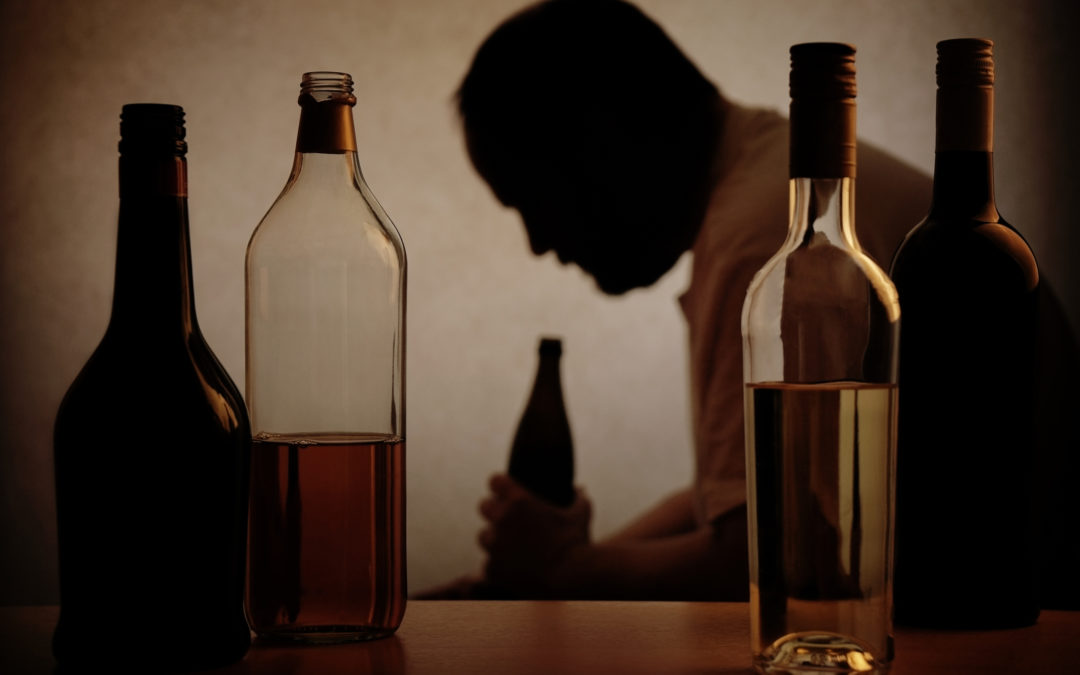The novel coronavirus is a new coronavirus that has not been previously identified. The virus is not the same as the coronavirus that causes mild illness, like the common cold. COVID-19 is an infectious disease caused by the most recently discovered coronavirus. The most common symptoms are fever, tiredness, and dry cough. Some patients have aches and pains, nasal congestion, runny nose, sore throat, or diarrhea. Per the World Health Organization, these symptoms are usually mild and begin gradually. Some people become infected but do not develop symptoms, and 80% recover from the disease without needing special treatment. However, older people and those with underlying medical problems like high blood pressure, heart problems, diabetes are likely to develop severe illness, per the WHO. Substance abuse, for example, significantly lowers a person’s ability to fight off infection and disease.
Substance Abuse and the Immune System
There is a long-recognized relationship between addictive drugs and increased levels of infections. Drugs such as marijuana, opiates, cocaine, nicotine, and alcohol, and other substances have a significant impact on the immune system. Per the American Society for Microbiology, opiates or marijuana affect the immune system via specific receptors on immune cells and indirectly through similar receptors on cells of the nervous system. Cocaine and nicotine have similar effects on the immune system, which are receptor-mediated. Drugs and alcohol have effects on immunity and cause increased susceptibility to infectious disease. There have been numerous clinical reports on the association between infectious disease and the use of illegal drugs and alcohol. Drugs of abuse have also been suggested as possible cofactors resulting in a more rapid progression of the disease. Illicit drugs and alcohol that are being abused alter not only the neuropsychological and pathophysiological responses of individuals but also immune functions.
Rehabilitation Programs Help Heal Physically and Psychologically
Substance abuse and addiction is a significant public health issue, and people struggling with addiction are more vulnerable to infectious disease and viruses, such s COVID-19. For example, substance abuse rehabilitation has been proven to reduce the spread of infectious diseases, such as HIV/AIDS and hepatitis. The treatment process, by definition, reduces both needle sharing and risky sexual behavior and prevents the spread of infection and disease. Effective treatment attends to the multiple needs of the individual, such as associated medical, psychological, social, vocational, and even legal problems. Substance abuse treatment helps addicts become physically and psychologically healthy.
Per a recent Forbes article, over 23 million Americans experience a substance use disorder, and only 10% access treatment. Depending on the severity of the addiction, many addicts cycle out of emergency rooms, treatment centers, homeless shelters, and correctional facilities. The American Society of Addiction Medicine has provided extensive resources to help treatment programs across the state learn how to manage the COVID-19 virus, along with state-specific actions being taken. Some treatment centers operate without medical staff, while others have proper medical staff on hand. The reality is that addiction treatment occurs within different settings. Many people with a substance use disorder have a chronic illness, which are risk factors for COVID-19, yet rehabilitation will help them become healthy by treating the addiction and underlying causes.
Preventative Steps That Some Treatment Centers May Take
Social distancing is the primary preventative measure advised by the CDC; however, this does pose unique problems for substance abuse treatment programs. Community and peer support are essential and a significant part of treatment, but there are effective workarounds. Treatment programs may screen the patient before arrival and ask patients about symptoms, exposure, and recent travel. There may also be waiting room precautions, such as signs about proper hygiene, cough etiquette, and social distance. If the treatment center is able, they may ensure and expand access to medications, which is relevant to opioid treatment programs. Group and individual therapy models may be revamped, especially within residential programs. Telehealth implementation may become more of standard practice for assessment and general counseling. Most drug treatment centers have strict and daily cleaning routines, to begin with, and these may be stepped up to even more stringent cleaning and disinfecting.
The Reality of Drug and Alcohol Addiction
Per the CDC, in 2018, there were 67,367 drug overdose deaths in the United States, which was a 4% decline from 2017 (70,237 deaths). In 2018 the age-adjusted rate of drug overdose death was 20.7 per 100,000 population. Between 2017 and 2018, the rate of drug overdose deaths involving synthetic opioids other than methadone increased by 10%. From 2012 to 2018, the rate of drug overdose deaths involving cocaine more than tripled, and the rate of fatalities involving methamphetamine increased nearly fivefold. According to the National Institute on Alcohol Abuse and Alcoholism, an estimated 88,000 Americans die annually from alcohol-related causes. Alcohol is the third leading preventable cause of death in the United States.
There is no wrong time to help someone struggling with addiction, and like any other health facility, there are steps taken during this pandemic. The ugly truth is that addiction will kill the person, whether it happens right away or years down the line. Unfortunately, struggling with addiction and a virus such as COVID-19 increases these risks. Substance abuse treatment is the only solution, and family intervention makes it possible to convince your loved one they need help. Reach out to our intervention services, speak with us, and help your loved one beat their addiction, become healthy, and achieve sobriety.
Sources referenced
https://www.who.int/news-room/q-a-detail/q-a-coronaviruses
https://cmr.asm.org/content/16/2/209#sec-7
https://www.cdc.gov/nchs/products/databriefs/db356.htm
https://www.niaaa.nih.gov/publications/brochures-and-fact-sheets/alcohol-facts-and-statistics


